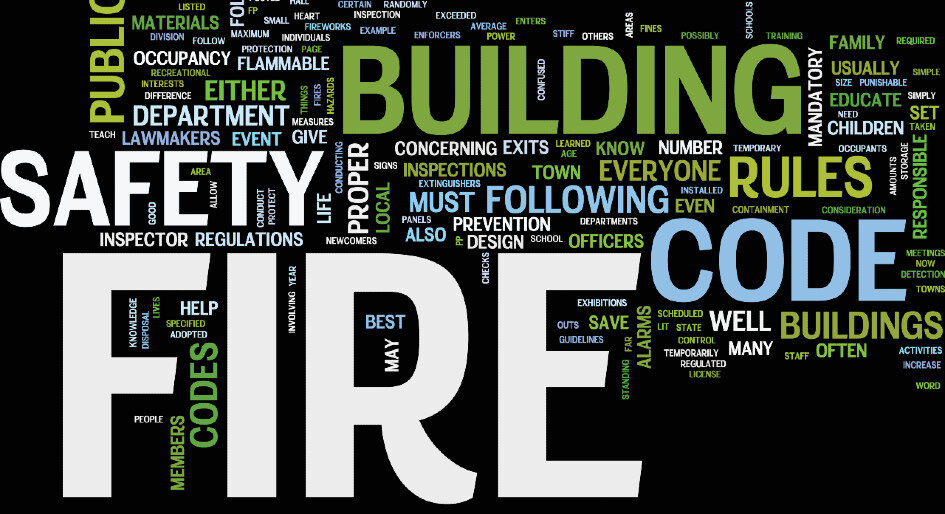The latest update to the NFPA Fire Safety Handbook brings new considerations for evolving risks in the built environment, including climate hazards, renewable energy systems and various toxic substances. The soon-to-be-released 21st edition of the widely used reference guide introduces 14 new chapters outlining preventative safety, design, maintenance and training measures for fire risks that have emerged or become more prominent since the handbook was last updated in 2008.
Related to building innovation, new chapters address photovoltaic and energy storage systems, smart infrastructure and modular construction. Looking at external threats, one new chapter focuses on wildfires and their potential interface with urban areas. Looking inwards, two new chapters provide insight on facilitating occupant movement during emergencies and responding to active shooters or other hostile episodes.
More than 200 industry specialists contributed to the update, which, along with the new topics, encompasses 210 chapters of fire safety information organized into 21 key subject areas. The resulting two-volume handbook represents the required body of knowledge for candidates pursuing NFPA’s certified fire protection specialist (CFPS) designation.
The 21st edition of the Fire Safety Handbook is set for release this fall, 127 years after it was first published.






